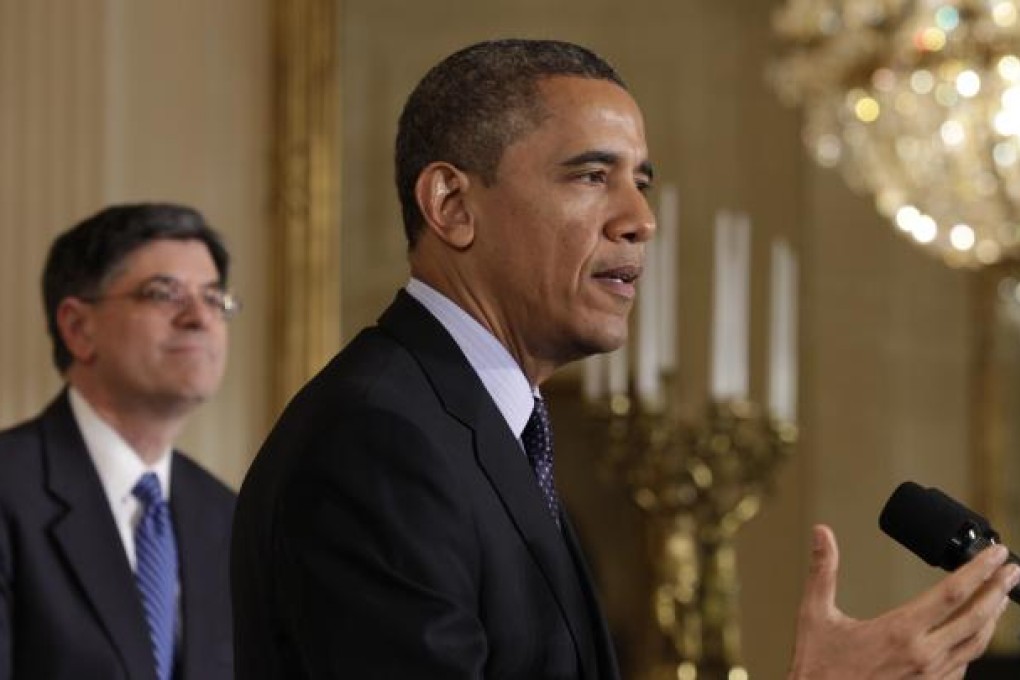Has America lost its infrastructure edge?
Bernd Debusmann says infrastructure in the United States is falling apart

At the halfway mark of his first term, US President Barack Obama spoke in urgent terms about the need to rebuild America. "We need the fastest, most reliable ways to move people, goods, and information … Our infrastructure used to be the best, but our lead has slipped. We have to do better."
That did not happen, according to two expert reports issued as Obama began his second term in office. Instead, the US is slipping further behind global competitors, chief of them China, in building up an infrastructure that can handle 21st-century business. Once the world's No 1 in infrastructure, the US is now ranked 14th.
"How did this happen?" asks one of the reports, by Building America's Future, an independent group led by New York mayor Michael Bloomberg and two former governors, Ed Rendell of Pennsylvania and Arnold Schwarzenegger of California. Answer: "We have let more than half a century go by without devising a strategic plan on a national scale to update our freight or passenger transportation system."
Following that bleak assessment, the American Society of Civil Engineers estimated that unless the US invests US$1.57 billion per year in infrastructure between now and 2020, it will lose US$3.1 trillion in gross national product, US$1.1 trillion in trade, US$2.4 trillion in lost consumer spending and more than three million jobs.
Reports on the sorry state of many roads, railways, seaports, airports, power grids and water treatment plants rarely make much of an impression on citizens who tend to believe, according to polls, that the US is the greatest country on earth. But even for the most fervent believers in that idea, last October's Hurricane Sandy provided grounds for doubt. The hurricane devastated large parts of the eastern seaboard and left tens of thousands of people without power for weeks. Reason: in large parts of New York and New Jersey, power lines are strung from pole to pole, easily cut by storms and falling trees. In most developed countries, the cables run underground.
While the engineers' report focuses on the domestic impact of neglecting the infrastructure, Building America's Future features comparisons with other countries. It provides telling glimpses of shortcomings. Example: in Chicago, the country's biggest rail centre, congestion is so bad it takes a freight train longer to get through the city limits than it does to get to Los Angeles.